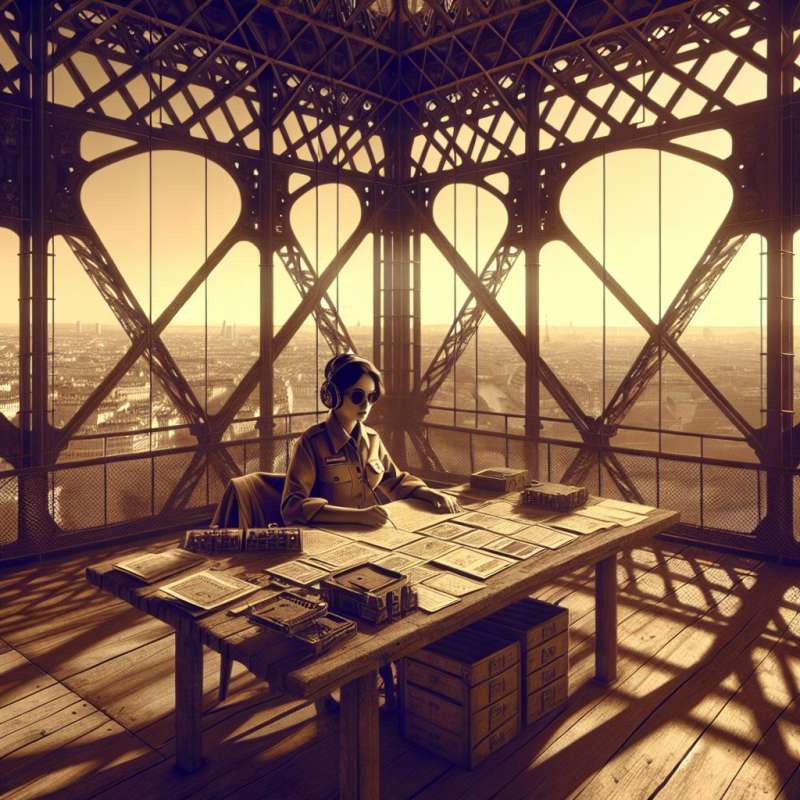
Eiffel Tower Conception
The Eiffel Tower was envisioned for the 1889 Exposition Universelle in Paris. Gustave Eiffel's company engineered the design, which was initially criticized for its daring.
Innovative Construction Techniques
Using puddle iron, a type of wrought iron, the construction showcased new techniques. It included prefabricated parts and riveting, taking just over two years to complete.
Initial Public Reception
Artists and intellectuals signed a petition called 'Protest against the Tower of Mr. Eiffel'. They deemed it an eyesore, although public opinion has drastically shifted since then.
Tower's Military Role
During World War I, the Eiffel Tower intercepted enemy radio communications. It played an unexpected but pivotal role in military intelligence for the Allies.
Avoiding Demolition
Originally planned to stand for 20 years, the Eiffel Tower was saved from demolition by its antenna's usefulness for telegraphy, and later, broadcasting.
Secret Apartment Discovery
Gustave Eiffel had a secret apartment at the top. Not open to the public for many years, it featured wooden furniture, soft rugs, and even a piano.
Repainting Efforts
The Eiffel Tower is repainted every seven years, requiring 60 tons of paint. The color, dubbed 'Eiffel Tower Brown', gets progressively lighter with elevation to enhance its silhouette against the Parisian sky.
What event was Eiffel Tower conceived for?
1889 Exposition Universelle
1900 World's Fair
Franco-Prussian War commemoration
Company